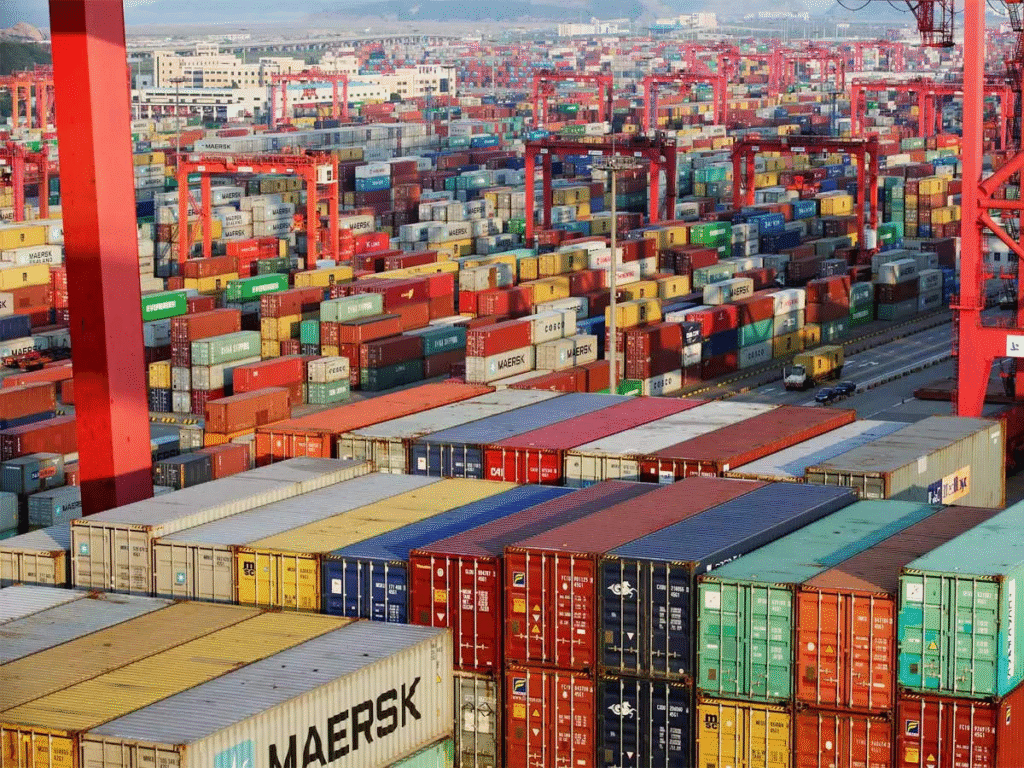India’s trade performance in May 2025 demonstrated resilience amid uncertain global economic conditions, with total exports, including goods and services, rising by 2.8% year-on-year to USD 71.12 billion, up from USD 69.20 billion in May 2024, according to industry experts. Federation of Indian Export Organisations (FIEO) President S C Ralhan credited this growth to robust service exports, particularly in software, consultancy, and financial services. Although merchandise exports dipped slightly to USD 38.73 billion, the strong performance of the services sector helped offset the decline.
“Exporters are adapting well to a tough global environment,” said Ralhan, pointing out the sector’s resilience in the face of ongoing logistical challenges in the Middle East. He noted that despite disruptions, particularly due to geopolitical tensions, Indian exporters have demonstrated agility and benefited from supportive policy measures. On the import side, merchandise imports moderated to USD 60.61 billion, while total imports (goods and services) slightly declined to USD 77.75 billion from USD 78.55 billion in May 2024.

Engineering exports have also shown relative stability, according to EEPC India Chairman Pankaj Chadha, who acknowledged a modest 0.8% decline in May 2025 exports to USD 9.89 billion from USD 9.97 billion a year earlier. He expressed concern over the volatile global climate, highlighting the escalating Israel-Iran conflict and its potential impact on input costs and crude oil prices. Chadha warned that if geopolitical tensions intensify, especially with threats like Iran blocking the Straits of Hormuz, exporters may face further headwinds in the coming months.
On a positive note, ICRA Chief Economist Aditi Nayar observed a notable reduction in India’s merchandise trade deficit to USD 21.9 billion in May, down from USD 26.4 billion in April. This decline is expected to help contain the current account deficit (CAD) to around USD 13 billion or 1.3% of GDP for Q1 FY2026. Nayar noted that non-oil exports grew year-on-year for the second consecutive month, driven by sectors like electronics, garments, chemicals, and marine products. Meanwhile, a contraction in oil and gold imports further contributed to narrowing the merchandise trade deficit, with projections keeping FY2026’s CAD at a manageable 1.2–1.3% of GDP, assuming average crude prices remain around USD 75 per barrel.













